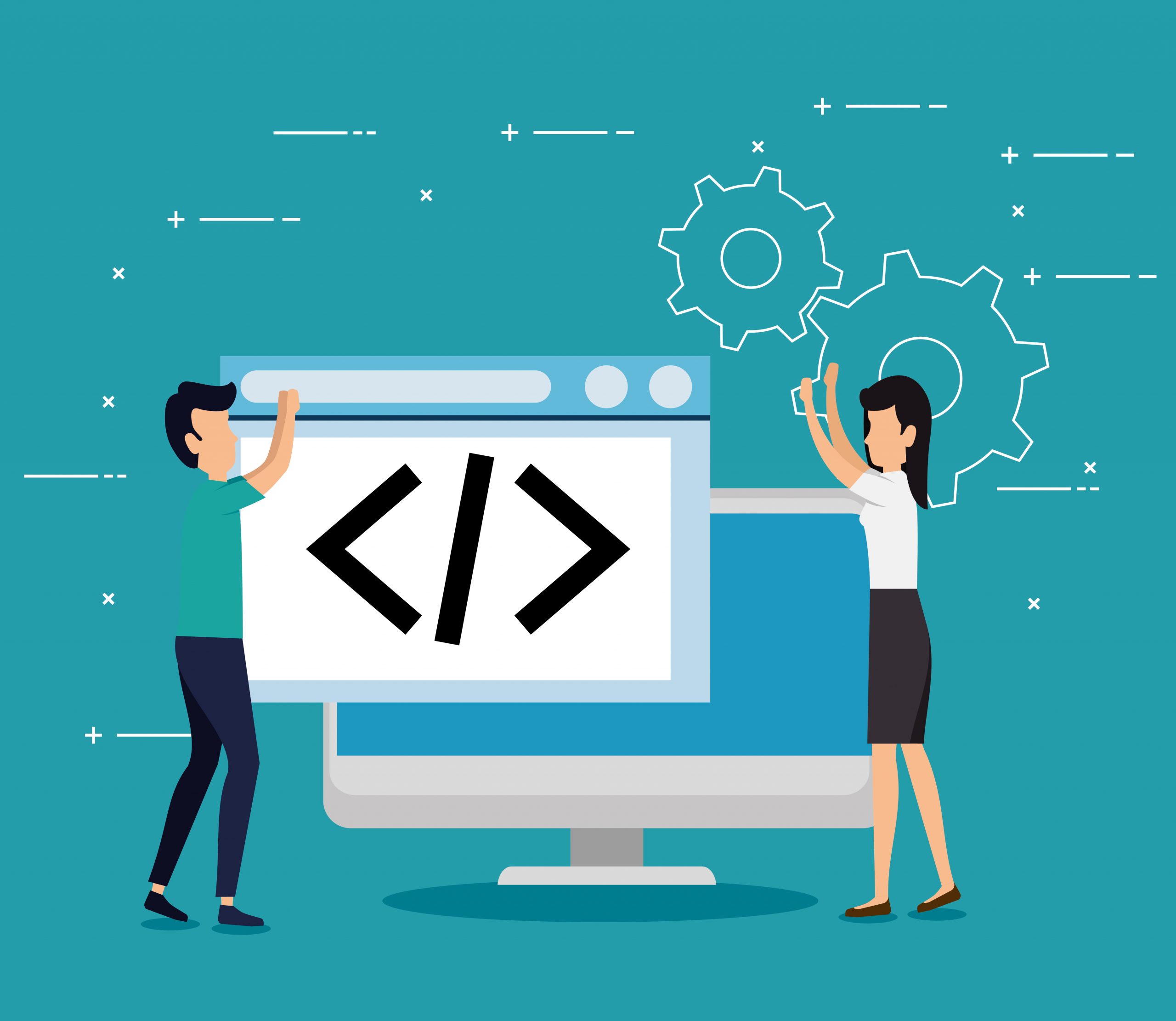Identifying Core Skills Within Your Organization
1. Understanding Organizational Goals
2. Aligning current people skills with needed one, by taking care about personal and career development
3. Evaluating Performance Expectations
To effectively bridge the skills gap, platforms like Brick, Mortar and Daughter offer comprehensive tools for skills assessment and development, aligning with the skills-first approach by facilitating a better understanding of existing skills and identifying areas for growth. Regular assessments, feedback loops, and keeping an eye on external trends are crucial for adapting to changing market demands and sustaining long-term success. Additionally, identifying core competencies such as those excelled at and consistently recognized for, whether innate or developed through training, is fundamental. These competencies, whether they be specialized skills, knowledge, or organizational procedures, form the strategic strengths that differentiate an organization and create competitive advantage.


Implementing a Skills Development Framework
Implementing a skills development framework within an organization is a multifaceted endeavor that requires careful planning and execution. Key steps in this process include:
1. Define the skills your organization needs
2. Develop and implement learning programs
3. Monitor, evaluate, adapt, and continue with growing
By leveraging platforms like Brick, Mortar and Daughter, organizations can bridge the skills gap effectively, providing a comprehensive toolkit for skills assessment, learning, and development, thus fostering a skills-first culture.
Leveraging technology for skills tracking and development
Technologies such as Learning Management Systems (LMS), Virtual Reality (VR), Augmented Reality (AR), and AI-based adaptive learning have revolutionized how skills are developed and tracked. For instance, LinkedIn Learning provides a digital platform enabling organizations to construct skill development programs, offering accessible, relevant, and ongoing training resources. Moreover, platforms like Brick, Mortar and Daughter epitomize the integration of
technology in closing the skills gap, offering an all-in-one solution for skills assessment, learning, and development.
· Benefits of technology in skills development:
· Personalization and efficiency – tailoring training experiences to individual needs, optimizing learning outcomes.
· Real-time tracking and insights – automate skill tracking, enhancing insight into employee progress and accomplishments.
· Strategic skills management – utilize technology for skills and needs assessment, empower organizations to strategically manage talent development .
What’s next?
Embarking on the journey towards a skills-first organization doesn’t end with identifying skills gaps or implementing development programs; it’s an ongoing process that requires continuous refinement and engagement. Brick, Mortar and Daughter steps in as a pivotal ally in this journey, offering a comprehensive platform that aids in bridging the skills gap effectively.
· Designing a Skills-First Onboarding & Training & Development Program:
1. Define essential skills
2. Custom training plans
3. Align with organizational goals
Implementing a skills-first onboarding & training & development strategy not only enhances employee engagement and productivity but also significantly reduces turnover, with effective programs proving crucial for retention. By focusing on specific abilities needed for each role, organizations can fast-track employees’ readiness and performance, making the workplace more equitable and motivating. Through solutions like Brick, Mortar and Daughter, companies have the tools at their disposal to make informed decisions, widen their talent pool, and invest in the employee experience, all while increasing productivity and improving retention rates.



